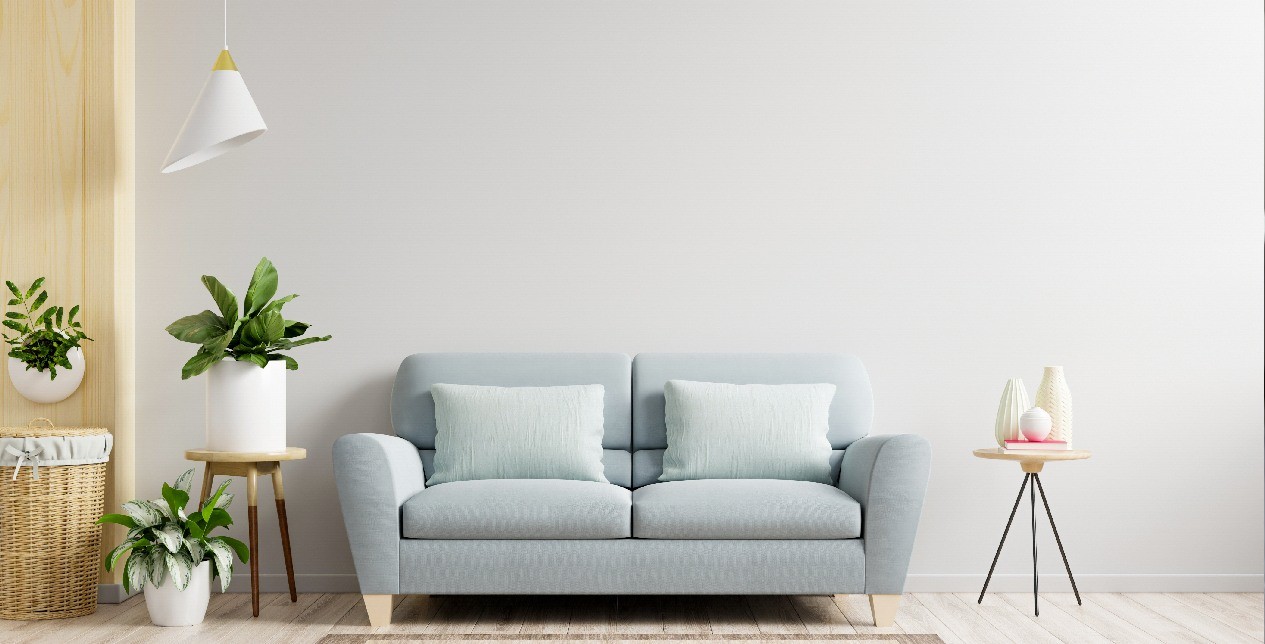One of the most important developments in the history of painting is acrylic paint. Acrylic paint has advantages and disadvantages, just like practically everything else. Depending on the artist, acrylic paint has both advantages and disadvantages. One artist might view a certain characteristic as advantageous while another might view the same thing negatively. In this article, we’ll talk about the pros and cons of using acrylic paint.
Table of Contents
Advantages
Here are some of the benefits of acrylic painting that you should be aware of if you plan to use it as your primary painting medium.
Can Be Diluted with Water
Due to its water-based composition, acrylic paint dissolves in water compared to other unique chemicals. Compared to oil-based paints, which require turpentine or oil to remove after painting, it is significantly simpler. Instead of using flammable and harmful chemicals, you can wash your hands and immerse your brushes in regular tap water.
Are Odor-, Allergen-, and Toxic-Free
This means that poisonous compounds won’t be absorbed through the skin or contaminate the water or land when they are disposed of. However, poisons like cadmium oxides do occasionally exist in the pigments of some professional-grade paints. Paint products should always be disposed of carefully.
Dries Quickly
Depending on how thick you put the paint in, acrylic paint may take anywhere from a few seconds to several minutes to dry to the touch. Acrylic paint typically dries in 10 to 20 minutes. This is more than a hundred times faster than regular oil paint. Before applying a second layer of oil paint, the first layer must dry for an average of five days.
Easily Adjustable to Mistakes
Acrylic paint is more tolerant than other types of paint. If you make a mistake while painting and the paint is still wet, you can remove it by combining the extra paint with some water on your brush and dabbing it with tissue paper. No matter the surface, it is simple to remove inappropriate paint.
When something is dry and you want to cover it up, just paint the desired color over the error. What’s below will be effectively covered. Be sure to conceal errors with an opaque color, such as titanium white. It is impossible to hide faults using transparent hues.
Acrylic Paints are Vivid and Shining
You can choose from a huge range of colors while using acrylic paints. You have a choice between a soft color scheme and a vivid, brilliant color scheme. However, oil paintings have a more subdued and muted appearance. This is because oil paint can be blended indefinitely.
Permanent and Resilient After Drying
After drying, acrylic paint is both permanent and water-resistant. It turns into a permanent plastic film when it dries. Water, acrylic polymer binder (plastic), pigments (color), fillers, and additives are the ingredients used to make acrylic paint. Water in the acrylic paint film evaporates or is absorbed into the surface when acrylic paint is applied to it.
Use of acrylic paint with lightfast pigments can boost a painting’s durability. It will guarantee that the painting won’t deteriorate over time. Additionally lasting and strong, oil paint. The typical drying time for an oil painting is a few months to many years. However, if you want to leave the painting unpolished, it will be durable and resilient once it has completely dried.
Disadvantages
Acrylic paint is a flexible medium, but it has its own set of challenges, just like any other type of paint. Below are some examples:
Difficult to Blend When Dry
The amount of time for color blending lessens as the paint dries. So, it’s challenging to combine acrylics seamlessly. However, it’s simple to apply multiple coats of paint. In the same manner as blending, you may then add depth to the paintings. The chemicals used make it difficult to remove after it dries. It can be readily cleaned off if you catch it while it’s still wet.
Adheres Badly to Non-absorbent Surfaces
Despite being extremely versatile and able to be applied to any surface, acrylic paint has a difficult time sticking to nonabsorbent surfaces., such as glass, metal, and plastic. If the surface is not adequately prepared and painted, the paint peels off easily.
Non-flexible and Cannot be Changed
Acrylic paint has the major disadvantage of being extremely difficult, if not impossible, to change. Once dried, the unmixed paint will shatter through any top layers, leaving your artwork with cracks and forms. It is difficult to change, fix, or cover up this paint.
Toxic at Disposal
Acrylic paint contains a lot of chemicals that, if handled improperly, can be quite damaging to the environment. That’s why cleaning your brushes might be a lengthy procedure, because you must be careful where you wash them off.
Highly Flammable
This is something to bear in mind if you want to use acrylic paint for any outside or close to fire painting work. When acrylic paint is still wet, it is not flammable, but as soon as it dries out, it becomes far more flammable. This makes it risky in kitchens and around fireplaces.
Learning About Acrylic Painting
Acrylic painting is easy for beginners. However, it still has a medium for learning curve, just like anything else. If you do not swiftly overcome the learning curve as soon as you begin, it may be at your disadvantage.











